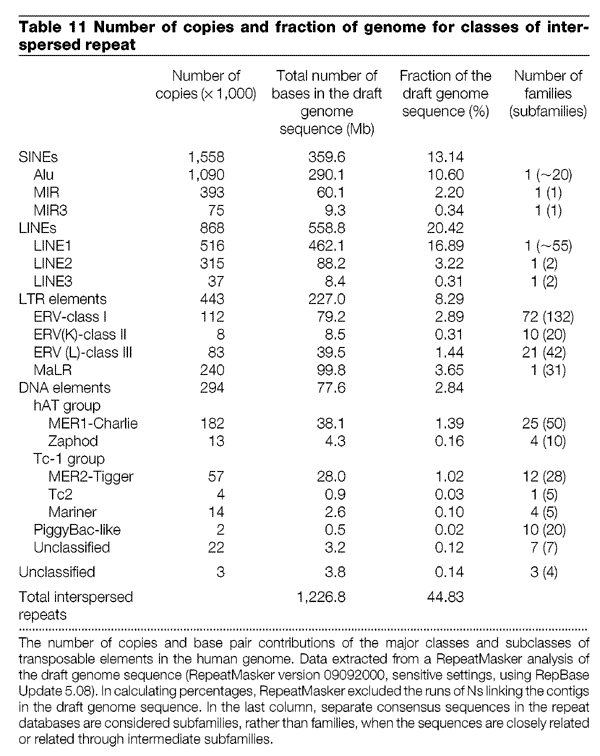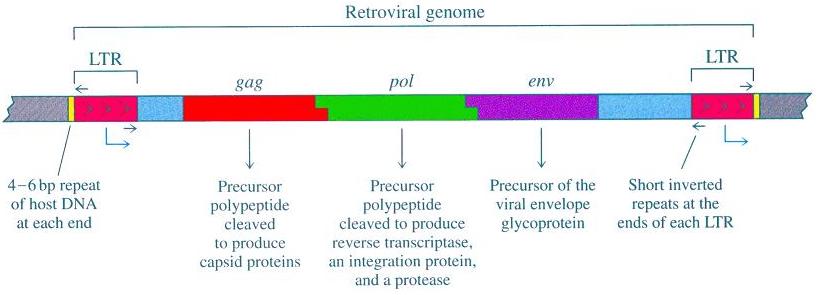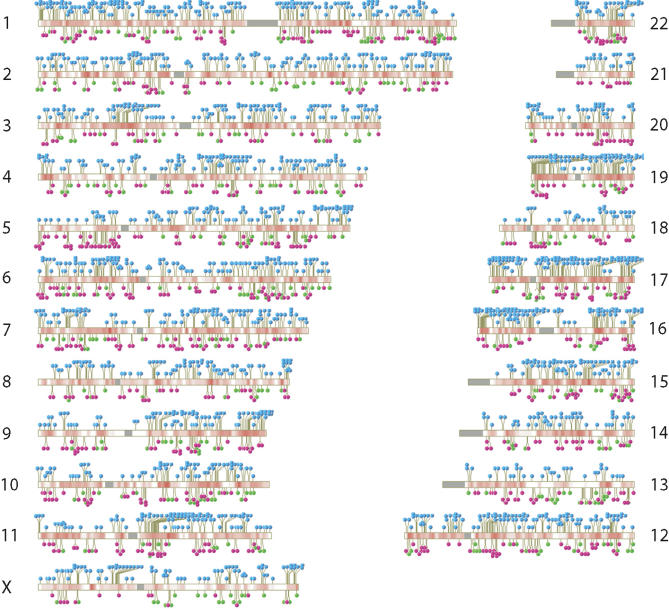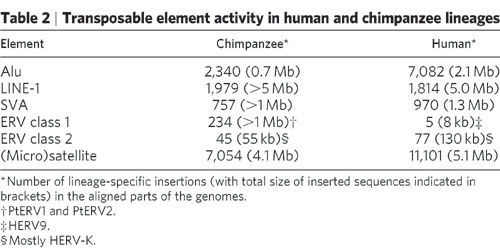First off, it is requested that only Loudmouth or Paterfamilia post in this thread as part of a scientific formal debate.
There is a Peanut Gallery thread open in this forum for those who wish to comment on the topics discussed in this debate:
Peanut Gallery: Loudmouth v. Paterfamilia
Groundrules:
Rule 1:
I, Loudmouth, will start the debate with a post outlining the genetic evidence supporting the evolution of humans (i.e. Homo sapiens) from a common ancestor most recently shared with chimps, and more distantly shared with other ape and primate species.
After my post, Paterfamilia will also write a post outlining the positive evidence supporting way in which Paterfamilia thinks that humans came about. This post will not argue against evolution. It will only deal with the positive evidence supporting Paterfamilia's proposed origin.
After the initial arguments, each participant may respond to the positive case put forth by the opponent, and then rebuttals can follow in an order that makes sense.
To make this more formal, I would like to refrain from responding line by line to previous posts. Instead, respond to the larger argument as a whole with very little use of direct quotation.
Rule 2:
It is requested that each participant use direct references to peer reviewed primary papers. If people are not sure what a peer reviewed paper is, such papers should be available at the NCBI database at PubMed.com. Each participant is expected to understand the material they are referencing, and not simply repeat arguments seen on evo v. creo websites with a token reference to go along with it. Participants are expected to produce material from the peer reviewed papers if asked, which means they will need access to the full paper, either in html or .pdf format. If necessary, it may be possible to find other users at CF who would be willing to send us papers that are behind paywalls, if they have the needed subscriptions.
Rule 3:
Each participant must do their best to address the arguments brought forward by their opponent. It is expected that claims be backed by scientific evidence, and it will be the evidence that is addressed.
If, at any time, either participant wishes to introduce a moderator, it is asked that the moderator be approved by both parties.
Paterfamilia may request any changes or additions after this point, and prior to the start of the debate.
Thank you all for reading.
Addendums:
The debate will be limited to 2000 words for opening statements, 1000 words for rebuttals, and limit of opening exchange and 3 rebuttal exchanges.
There is a Peanut Gallery thread open in this forum for those who wish to comment on the topics discussed in this debate:
Peanut Gallery: Loudmouth v. Paterfamilia
Groundrules:
Rule 1:
I, Loudmouth, will start the debate with a post outlining the genetic evidence supporting the evolution of humans (i.e. Homo sapiens) from a common ancestor most recently shared with chimps, and more distantly shared with other ape and primate species.
After my post, Paterfamilia will also write a post outlining the positive evidence supporting way in which Paterfamilia thinks that humans came about. This post will not argue against evolution. It will only deal with the positive evidence supporting Paterfamilia's proposed origin.
After the initial arguments, each participant may respond to the positive case put forth by the opponent, and then rebuttals can follow in an order that makes sense.
To make this more formal, I would like to refrain from responding line by line to previous posts. Instead, respond to the larger argument as a whole with very little use of direct quotation.
Rule 2:
It is requested that each participant use direct references to peer reviewed primary papers. If people are not sure what a peer reviewed paper is, such papers should be available at the NCBI database at PubMed.com. Each participant is expected to understand the material they are referencing, and not simply repeat arguments seen on evo v. creo websites with a token reference to go along with it. Participants are expected to produce material from the peer reviewed papers if asked, which means they will need access to the full paper, either in html or .pdf format. If necessary, it may be possible to find other users at CF who would be willing to send us papers that are behind paywalls, if they have the needed subscriptions.
Rule 3:
Each participant must do their best to address the arguments brought forward by their opponent. It is expected that claims be backed by scientific evidence, and it will be the evidence that is addressed.
If, at any time, either participant wishes to introduce a moderator, it is asked that the moderator be approved by both parties.
Paterfamilia may request any changes or additions after this point, and prior to the start of the debate.
Thank you all for reading.
Addendums:
The debate will be limited to 2000 words for opening statements, 1000 words for rebuttals, and limit of opening exchange and 3 rebuttal exchanges.
Last edited:





